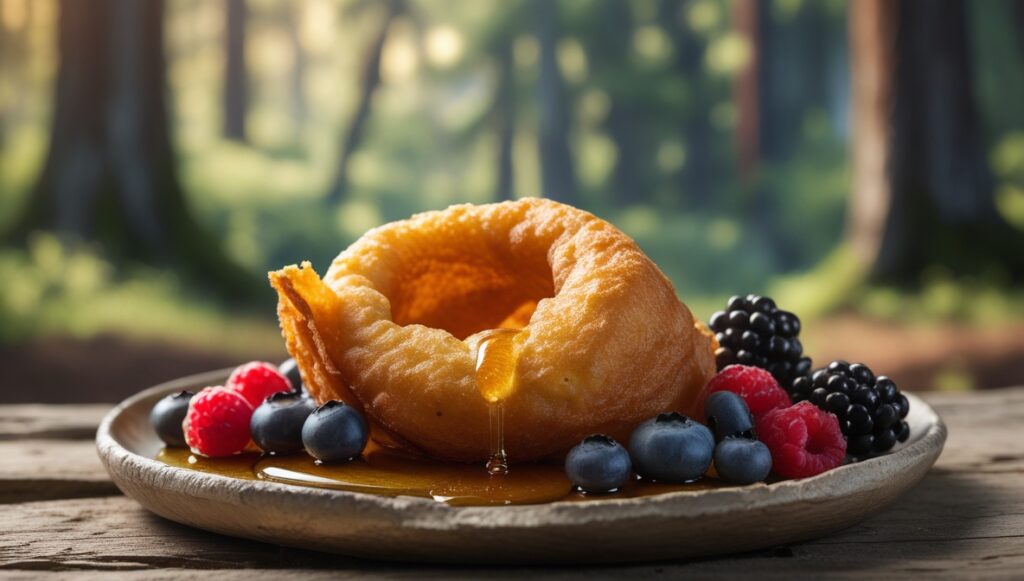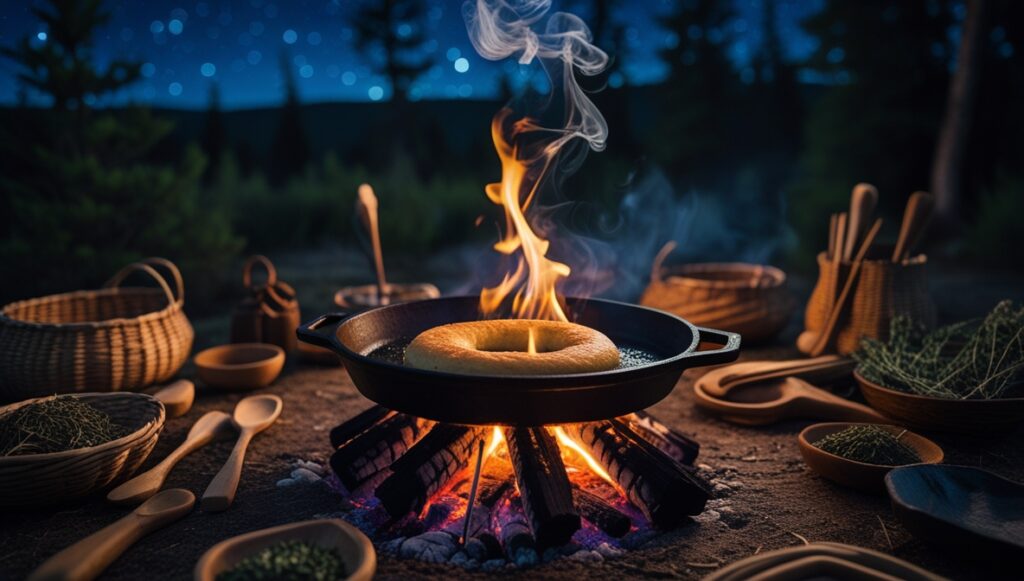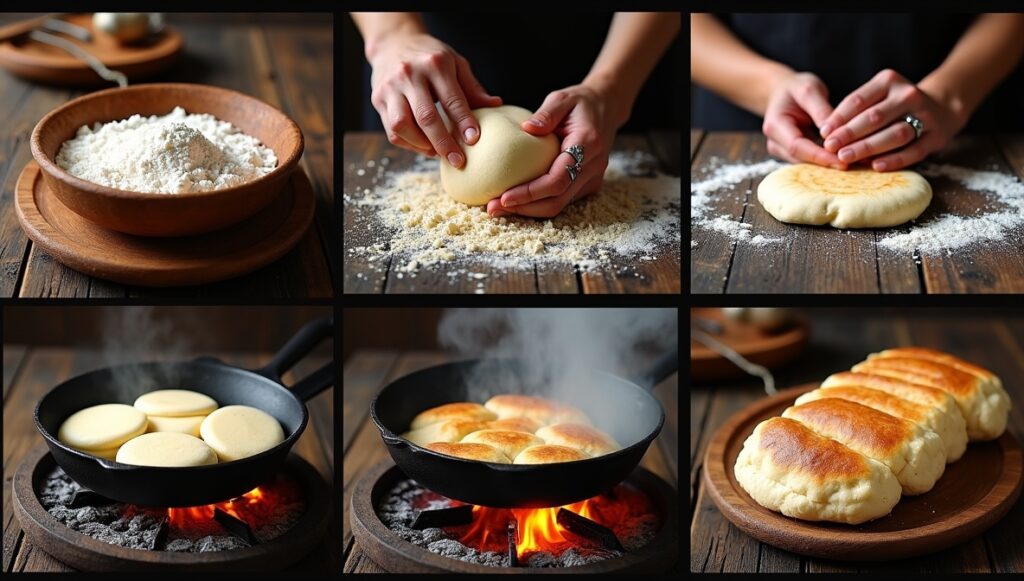Introduction
Among the many famous foods in Canada, few hold as deep a cultural significance as bannock. This simple Indigenous flatbread is much more than just a food item—it’s a connection to history, resilience, and community. It has nourished generations of First Nations, Inuit, and Métis people, and continues to be a comforting favorite in both urban and rural kitchens. Often enjoyed during festivals, gatherings, or a cozy evening at home, this hearty bread exemplifies the warmth and diversity of traditional Canada food.


Cultural Roots & Historical Legacy
The roots of bannock stretch back centuries, long before European contact. Indigenous communities made variations using ingredients like cornmeal, roots, or nut flours. Later, with the arrival of European settlers and the introduction of wheat flour, the recipe evolved into the flatbread known today. Its portability and ease of preparation made it a staple among hunters, travelers, and fur traders.
More than just sustenance, bannock became part of ceremonies, celebrations, and everyday life, symbolizing adaptability and cultural preservation. Its enduring presence across regions reinforces its status as one of the most famous foods in Canada.
Essential Ingredients & Regional Styles
A classic bannock recipe includes:
All-purpose or whole wheat flour
Baking powder
Salt
Water or milk
Optional fats like butter, lard, or oil
Variations across Canada reflect diverse Indigenous traditions:
Fried style: Crispy outside and soft inside—perfect with stews or maple butter.
Baked version: Fluffier, commonly cooked in an oven or over an open flame.
Métis-style: Slightly sweetened with sugar or honey, often served with tea.
West Coast style: May include dried berries or smoked salmon for a local twist.
These regional differences demonstrate how traditional Canada food adapts to ingredients available in each landscape.
Cooking Method & Accessibility

One reason for the dish’s popularity is its simplicity. It doesn’t require specialized tools or hard-to-find ingredients.
Basic cooking steps:
Mix the flour, salt, and baking powder.
Gradually add water or milk until a soft dough forms.
Shape the dough into flat rounds.
Cook by baking, pan-frying, or grilling over a fire.
Serve warm with butter, jam, or savory spreads.
Even beginner home cooks can confidently try their hand at making their best recipe.
Where to Eat Bannock in Canada
There are some standout places across the country where you can enjoy authentic flavors:
Tea N Bannock – A beloved Indigenous-owned restaurant in Toronto offering comforting dishes rooted in tradition.
Salmon n’ Bannock Bistro – Located in Vancouver, this eatery serves upscale Indigenous cuisine with fresh, local ingredients.
Powwows and Cultural Festivals – Often feature vendors preparing freshly made bannock right in front of you.
Farmers’ Markets – A great way to support local makers and sample regional versions.
These spots are perfect for foodies looking to explore delicious foods in Canada with deep cultural roots.
Delicious Pairings
This hearty bread pairs beautifully with both sweet and savory dishes:
Drink pairings:
Indigenous herbal teas like Labrador tea
Maple-flavored drinks
Hot coffee or cocoa
Side dishes:
Wild game or smoked salmon
Hearty stews or creamy soups
Sweet toppings like jam, Nutella, or honey
Whether as breakfast, lunch, or a snack, bannock is incredibly versatile.
Interesting Facts
Some communities refer to it as “frybread.”
It’s often compared to the Scottish version of bannock, though the preparation and cultural meaning differ.
This food played a key role during the fur trade era as a practical, portable source of nourishment.
Its simplicity is part of what makes it a staple among traditional Canada Cuisine.
Health & Nutritional Considerations
While bannock is carb-heavy and energy-rich, modern adaptations allow for healthier versions. You can use almond flour, oat flour, or whole wheat to boost fiber content. Adding seeds or switching to plant-based oils makes it suitable for various dietary needs. Many recipes are also now gluten-free.
How to Make Bannock at Home
If you’re eager to try the best bannock recipe, here’s a simple version to start with:
Ingredients:
2 cups flour
2 tsp baking powder
½ tsp salt
¾ cup water or milk
2 tbsp butter or oil (optional)
Steps:
Combine dry ingredients in a bowl.
Add liquid gradually to form dough.
Lightly knead and shape into a round.
Bake at 375°F for 20–25 minutes or fry until golden.
Serve hot with your favorite toppings.
Global Fusion & Comparisons
Modern chefs are using bannock as a base for tacos, burgers, and sandwiches—mixing tradition with creative flair. It’s sometimes compared to naan, pita, or frybread, but its rustic charm and cultural importance are uniquely Canadian.

